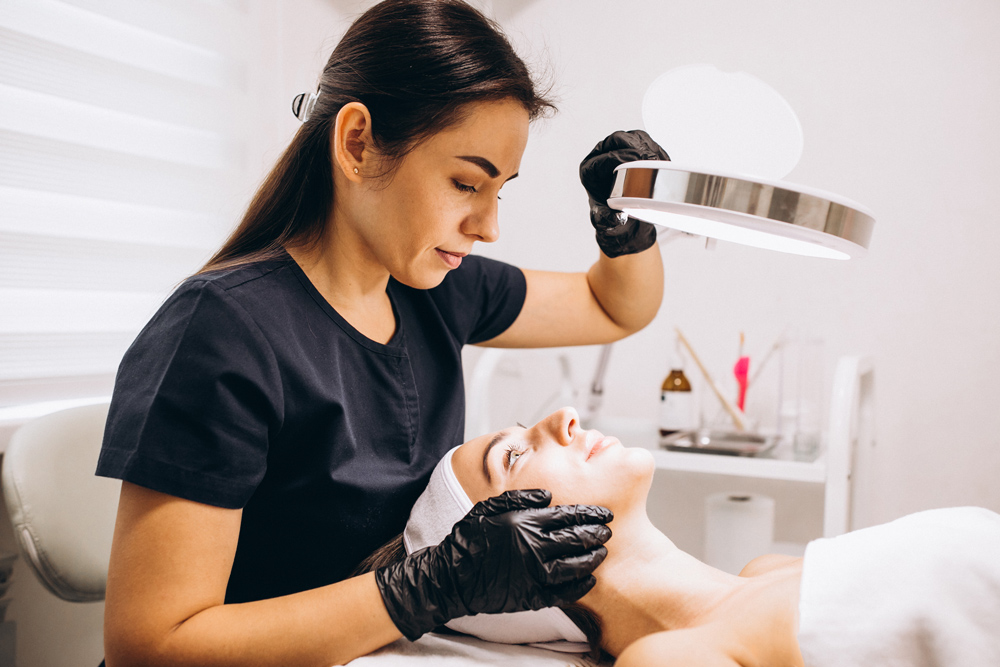Do you need a pediatric dermatologist? Skin problems can significantly impact children and adolescents. While…

Understanding Psoriasis Treatments: A Path to Clearer Skin
Living with psoriasis can be challenging, but advancements in treatment offer hope and relief for many patients. As a physician specializing in dermatology, I’m excited to share with you the latest developments in psoriasis treatments that could significantly improve your quality of life.
1. Topical Treatments:
Topical treatments remain a cornerstone in managing mild to moderate psoriasis. These include creams, ointments, and lotions containing corticosteroids, vitamin D analogs, retinoids, or calcineurin inhibitors. New formulations and combinations are continually being developed to enhance effectiveness and reduce side effects.
Newer topical products are available that allow greater clearance without needing steroids and their potential side effects. Medications like Zoryve and Vtama can work where other topical agents have failed previously.
2. Phototherapy (Light Therapy):
Phototherapy involves exposing the skin to ultraviolet light under medical supervision. It’s effective for treating moderate to severe psoriasis and is often used when topical treatments alone aren’t sufficient. Advances include targeted UVB therapy and the use of excimer lasers, which deliver high-intensity UVB light to specific plaques, minimizing exposure to healthy skin.
3. Oral and Injectable Medications:
For more severe cases of psoriasis, systemic treatments may be necessary. These include oral medications like methotrexate, cyclosporine, and Otezla which work by limiting the immune system’s overactive response.
Injectable drugs, such as TNF-alpha inhibitors like Humira and Cimzia, IL-17 inhibitors such as Costentyx, Bimzelex, and Talts, and the IL-23 inhibitors Skyrizi, Ilumya, and Tremfya, are injected and target specific molecules involved in the inflammatory process.
IL-17 and 23 inhibitors can give very high levels of skin clearance with low rates of side effects and longer times between injections, some as long as every three months like Ilumya and Skyrizi.
New oral agents such as Sotyku allow greater clearance than prior oral agents with once daily dosing and less lab monitoring than older generation oral agents.
4. Emerging Therapies:
Research into psoriasis treatment continues to advance, with promising new therapies on the horizon. These may include small molecule inhibitors, which offer oral alternatives to injectable biologics, as well as therapies targeting novel pathways involved in psoriasis development.
5. Lifestyle Management:
In addition to medical treatments, lifestyle changes can complement your psoriasis management plan. Maintaining a healthy weight, managing stress, avoiding triggers like certain medications or infections, and protecting your skin from trauma can all help reduce flare-ups and improve overall skin health.
Seeking Personalized Care:
It’s important to remember that psoriasis affects each person differently. Your dermatologist will tailor a treatment plan to meet your specific needs, considering factors such as the severity of your condition, other medical conditions you may have, and your preferences regarding treatment.
Conclusion:
Living with psoriasis involves ongoing management, but with the latest treatments available, many patients can achieve significant improvement in their symptoms and quality of life. By staying informed and working closely with your healthcare team, you can find a treatment regimen that works best for you.
If you have questions or concerns about your psoriasis treatment, don’t hesitate to reach out to your dermatologist. Together, we can navigate the path to clearer skin and better health.
Remember, you’re not alone in this journey. With effective treatment and support, managing psoriasis is within reach.



